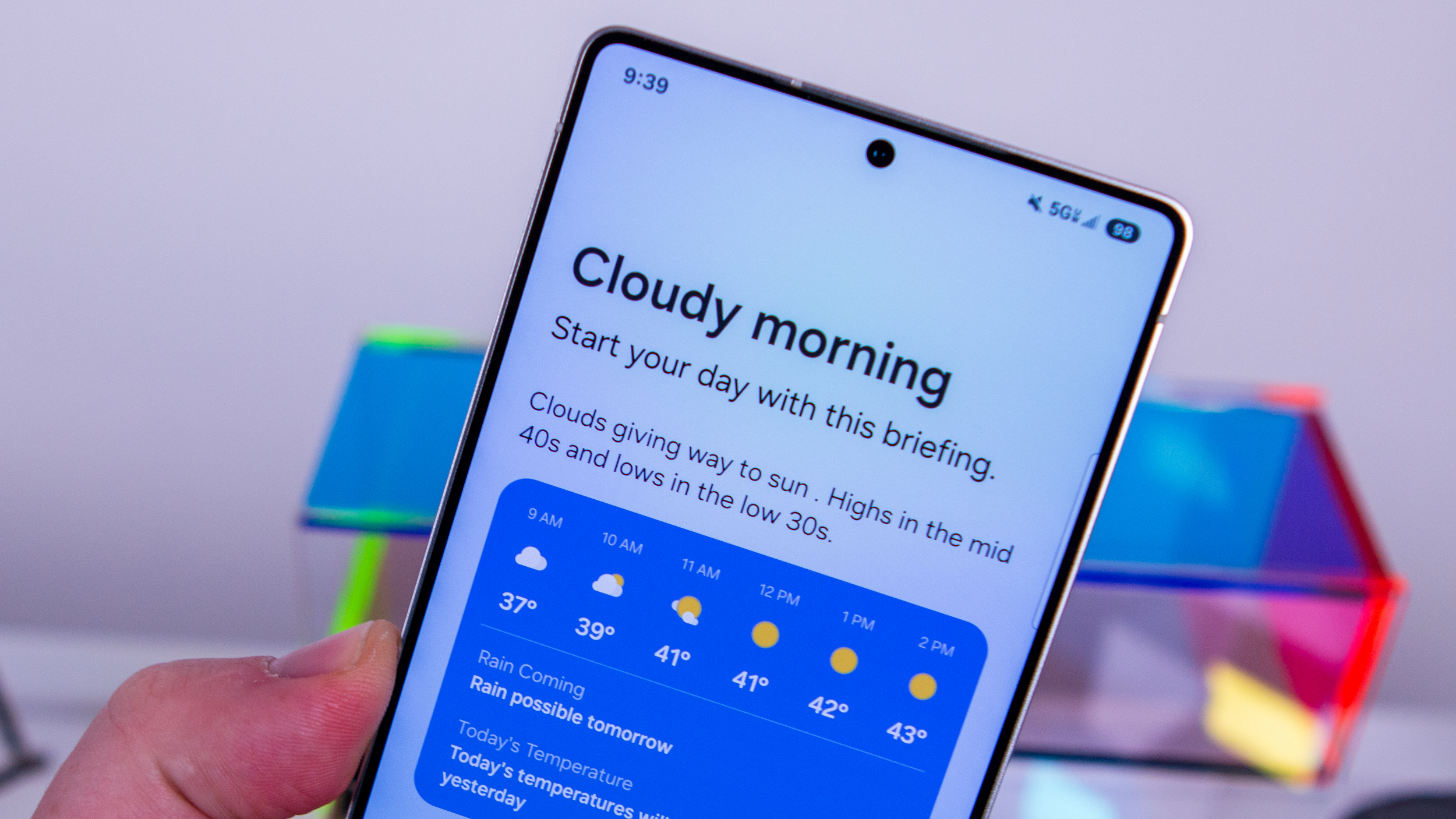OnePlus 8 Pro vs. OPPO Find X2 Pro: Which should you buy?
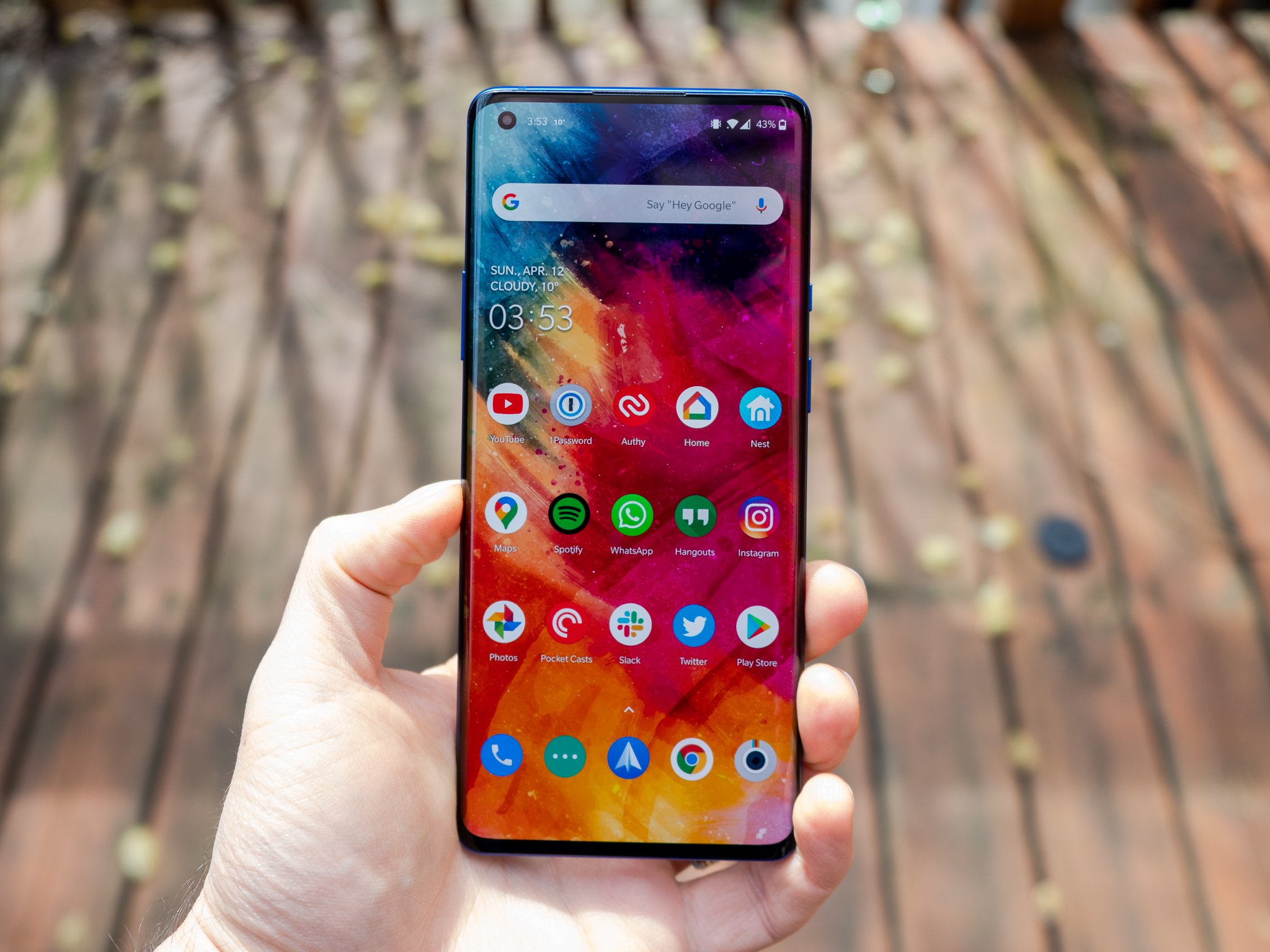
OnePlus 8 Pro
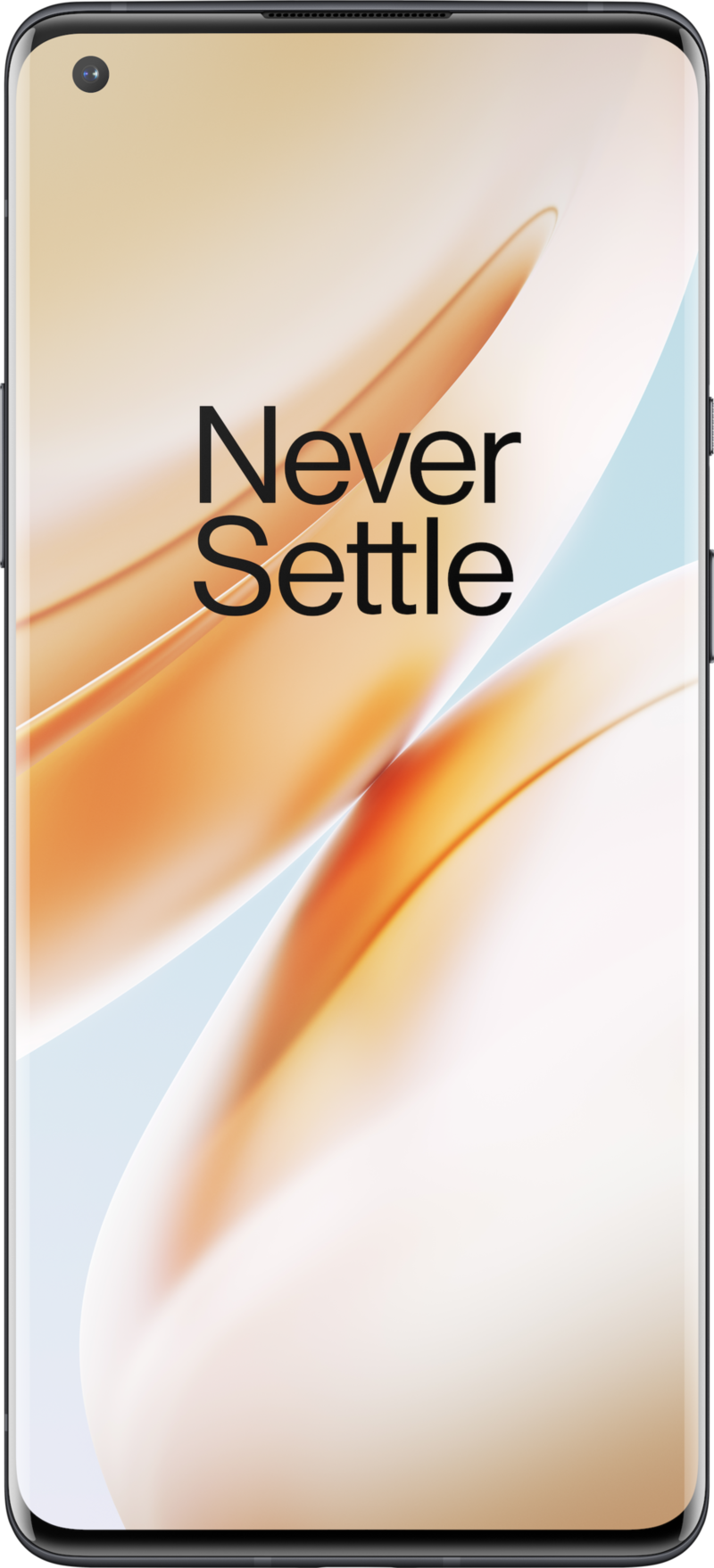
The OnePlus 8 Pro delivers all the features fans have been asking for several years. The device features the latest internal hardware and a stunning 120Hz QHD+ AMOLED display that is one of the best on any phone today. Then there's 30W wired and wireless charging, IP68 water resistance, huge camera upgrades, and the best software on any Android phone today.
OnePlus 8 Pro
Performance king
OPPO Find X2 Pro
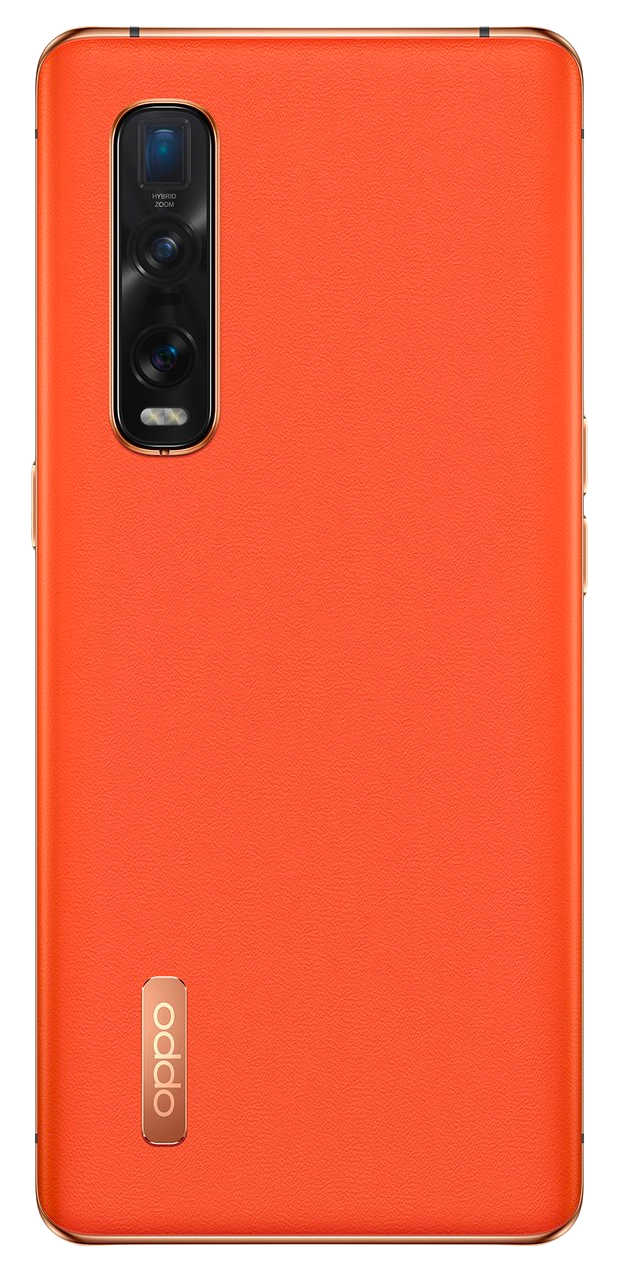
The Find X2 Pro has the same gorgeous 120Hz AMOLED panel and the same great internal hardware. You also get fantastic cameras that include a 13MP zoom lens that delivers 10x hybrid zoom, 32MP front camera, and 65W wired charging. ColorOS has come a long way in the last 12 months and finally feels great to use. The main downside is that you can't buy the phone in the U.S.
OPPO Find X2 Pro
Zoom in
OnePlus and OPPO are both owned by BBK, and as such, both companies use the same parts. That becomes immediately clear once you look at the hardware on these two phones. Each manufacturer still has its own identity, and there are a few points of differentiation across both devices. So let's find out what flagship you should buy in 2020.
You won't find two phones that are more similar
The OnePlus 8 Pro and the OPPO Find X2 are essentially the same phones. All you need to do is look at the specs below to see just how similar they are when it comes to the internal hardware. That's because both OPPO and OnePlus are owned the Chinese conglomerate BBK.
In fact, all OnePlus phones sold globally are manufactured at an OPPO factory in Dongguan, China. Due to its scale, OPPO essentially dictates the specs for OnePlus phones, and this has been the case for some time now. OPPO sources the components and handles manufacturing for OnePlus, but both companies have their own philosophy when it comes to their flagships, and that's where we see a difference.
| Header Cell - Column 0 | OnePlus 8 Pro | OPPO Find X2 Pro |
|---|---|---|
| Operating system | Android 10OxygenOS 10 | Android 10ColorOS 7.1 |
| Display | 6.7-inch Fluid AMOLED3168x1440 (19.8:9)HDR10+3D Gorilla Glass | 6.7-inch 120Hz Ultra Vision AMOLED3168x1440Gorilla Glass 6 |
| Chipset | Snapdragon 8651 x 2.84GHz A773 x 2.42GHz A774 x 1.80GHz A557nm | Snapdragon 8651 x 2.84GHz Kryo 5853 x 2.42GHz Kryo 5854 x 1.80GHz Kryo 585Adreno 6507nm |
| RAM | 8GB/12GB LPDDR5 | 12GB LPDDR5 |
| Storage | 128GB/256GB UFS3.0 | 512GB UFS3.0 |
| MicroSD slot | No | No |
| Rear camera 1 | 48MP, f/1.78, 1.12umAll-Pixel Omnidirectional PDAFOIS, 4K at 60fps | 48MP (IMX689), f/1.7, 1/1.4-inchAll-Pixel Omnidirectional PDAFDual OIS, 4K at 60fps |
| Rear camera 2 | 8MP, f/2.41.0um, OIS, telephoto3x hybrid zoom | 13MP, f/3.0OIS, telephoto10x hybrid zoom, 60x digital zoom |
| Rear camera 3 | 48MP, f/2.2wide-angle, 119° FoV | 48MP (IMX586), f/1.7, 1/2-inchwide-angle, 120° FoV |
| Rear camera 4 | 5MP Color Filter | No |
| Front camera | 16MP, f/2.41080p video, fixed focus | 32MP (IMX616), f/2.41080p video |
| Connectivity | 5G NSA, Sub-6Wi-Fi 6 2x2 MIMOBluetooth 5.1, NFCAptX HD, A-GPS | 5G NSA, Sub-6Wi-Fi 6 2x2 MIMOBluetooth 5.1, NFCA-GPS, Beidou |
| Audio | USB-CStereo speakers | USB-CStereo speakers |
| Battery | 4510mAhNon-removable | 4260mAh (2*2130mAh)Non-removable |
| Charging | USB-C 3.1Warp Charge 30T (5V/6A)Warp Charge 30 Wireless (20V/1.5A) | USB-C65W SuperVOOC 2.010V/6.5A |
| Water resistance | IP68 | IP68 |
| Security | In-display fingerprint (optical) | In-display fingerprint (optical) |
| Dimensions | 165.3 x 74.3 x 8.5mm199g | 165.2 x 74.4 x 8.8mm217g |
| Colors | Onyx Black, Glacial Green, Ultramarine Blue | Black Ceramic, Orange Vegan Leather |
First, let's talk a little about the hardware. The marquee feature on both devices is the 6.7-inch 120Hz AMOLED display. Both devices use the exact same Samsung-made AMOLED panel, and they both offer a 120Hz refresh rate at QHD+ resolution. Another commonality between the two devices is dual-curved edges for the screen and the hole-punch cutout that sits to the left side.
The AMOLED panel by itself is stunning, and the 120Hz refresh rate makes a huge difference in day-to-day use. The software on both phones has been optimized to take full advantage of the high refresh rate, and what that basically means is that these are two of the best phones to use right now. On the hardware side of things, both phones are powered by the Snapdragon 865 and feature the latest LPDDR5 RAM modules, Wi-Fi 6 and 5G connectivity, stereo sound, and IP68 dust and water resistance.
Be an expert in 5 minutes
Get the latest news from Android Central, your trusted companion in the world of Android
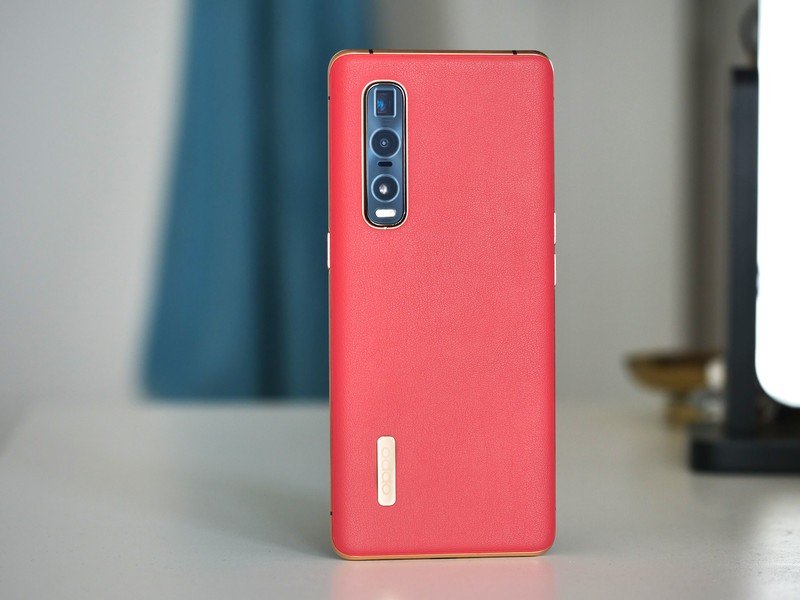
While the internal hardware is largely identical across both phones, that isn't the case with the design at the back. The Find X2 Pro is available in a vibrant Orange Vegan Leather option that looks different compared to most phones on the market today. The vegan leather provides a much better in-hand feel against glass-backed phones, and the orange color option makes the device stand out. The OnePlus 8 Pro also comes in attractive color options, with the Glacial Green variant, in particular, being stunning.
Both phones are packed with the latest hardware, smooth 120Hz displays, and gorgeous designs.
There are more differences between the two devices as we go further down the spec sheet. The OnePlus 8 Pro comes with a larger 4,510mAh battery, with the Find X2 Pro offering a 4,260mAh battery. The OnePlus 8 Pro has 30W wired and wireless charging, and the Find X2 Pro is limited to wired charging — but it has 65W fast charging. The Find X2 Pro is thicker by a millimeter for the vegan leather option and weighs 18g more than the OnePlus 8 Pro even though it has a smaller battery.
That said, the Find X2 Pro clearly takes the lead when it comes to the camera, with the phone featuring a 13MP zoom lens that delivers 60x digital zoom and 10x hybrid zoom. The primary 48MP lens is the same across both devices, and both devices also feature a second 48MP wide-angle lens that delivers the same caliber of shots but at a wider 120-degree field-of-view. The zoom lens is the differentiator here, with the Find X2 Pro offering a periscope system that goes up to 60x.
Overall, the Find X2 Pro does a better job at image processing, with OPPO's tuning delivering excellent photos in most scenarios.
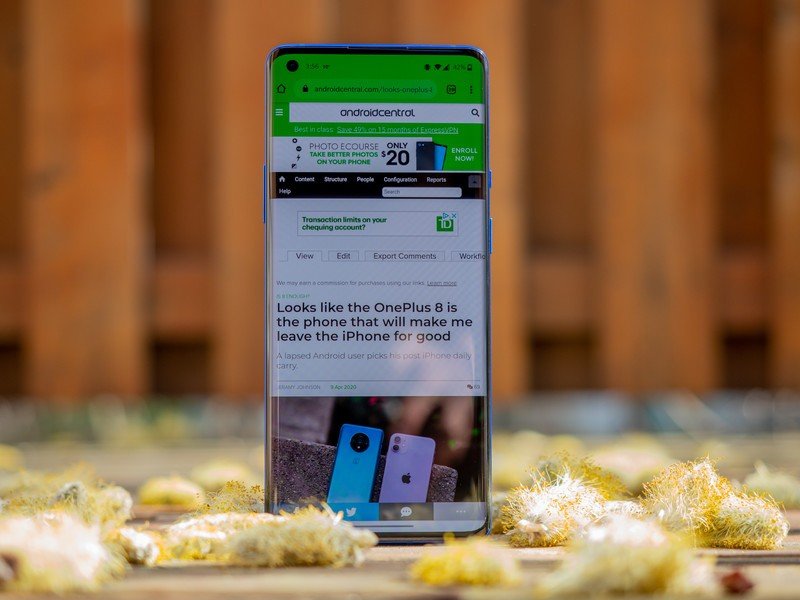
With the phones sharing so many hardware features, the main point of differentiation between the Find X2 Pro and the OnePlus 8 Pro comes down to the software. The Find X2 Pro features OPPO's ColorOS user interface, and while it has made a lot of positive changes with the latest iteration of the skin, it isn't on par with OnePlus' OxygenOS. OxygenOS has emerged as the best third-party skin on Android, and its ability to deliver a clean interface while still offering plenty of customization is unmatched.
Ultimately, the OnePlus 8 Pro offers a better software experience and costs less.
Then there's the issue of availability. OPPO's Find X2 Pro is limited to Asian markets and a few countries in the west, like the U.K., so you won't be able to buy the phone in North America. OnePlus, meanwhile, sells its devices in most global markets. The Find X2 Pro is available in a single variant with 12GB of RAM and 512GB of storage that retails for £1,099 ($1,360) in the UK. For some context, the 12GB/256GB option of the OnePlus 8 Pro is sold in the UK for £899 ($1,110). Sure, the Find X2 Pro has double the amount of storage, but $250 is a lot to pay for 256GB of UFS 3.0 storage.
Essentially, the OnePlus 8 Pro has a cleaner software with more customization options than the Find X2 Pro, and it is much more affordable, with the 8GB/128GB option available for $899 in the U.S. That makes it a great value in the context of 2020 flagships.
OxygenOS gives the OnePlus 8 Pro a distinct edge
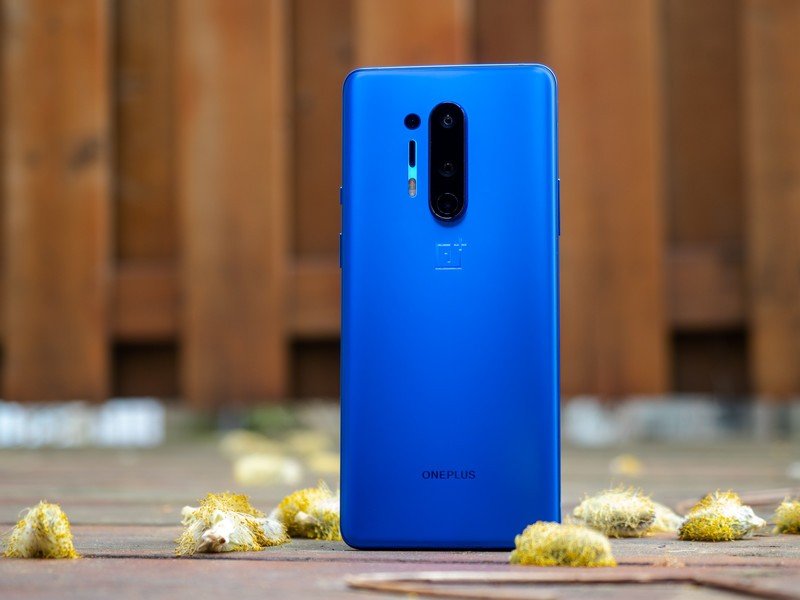
Choosing between the OnePlus 8 Pro and the Find X2 Pro comes down to where you live. The Find X2 Pro isn't officially available in North America, and that makes the OnePlus 8 Pro the default choice. But if you're living in a country where both phones are officially available, there are a few things to consider.
The OnePlus 8 Pro costs less and is available globally, making it the default choice.
The Find X2 Pro takes better photos, and while it has 65W wired charging, it doesn't have wireless charging. The software has gotten a lot better from previous years, but there's still a learning curve here. The OnePlus 8 Pro costs a little less, has much better software, 30W wireless charging, and fast updates.
What ultimately seals the deal in favor of the OnePlus 8 Pro is the cost. It starts off at $899, and that's a steal when you consider the features on offer. It is also available in most global markets, and the fact that you get clean software along with regular updates and decent cameras makes it the flagship to beat in 2020.

The ideal flagship in 2020
The OnePlus 8 Pro ticks all the right boxes: it has the latest hardware, a smooth 120Hz display, decent cameras, and clean software with the promise of quick updates. There isn't anything missing either, and you get 30W wireless charging along with IP68 dust and water resistance. If you want an all-rounder that doesn't cost as much as other flagships, this is the phone to buy.

Excellent cameras, gorgeous design
The Find X2 Pro offers one of the best cameras you'll find on Android today, and it has the same great internal hardware as the OnePlus 8 Pro. But it costs more, and then there's the fact that you can't buy the phone at all in North America. But if you're in a country where it is available and are looking for a device with excellent cameras, the Find X2 Pro is an easy recommendation.

Harish Jonnalagadda is Android Central's Senior Editor overseeing mobile coverage. In his current role, he leads the site's coverage of Chinese phone brands, networking products, and AV gear. He has been testing phones for over a decade, and has extensive experience in mobile hardware and the global semiconductor industry. Contact him on Twitter at @chunkynerd.
